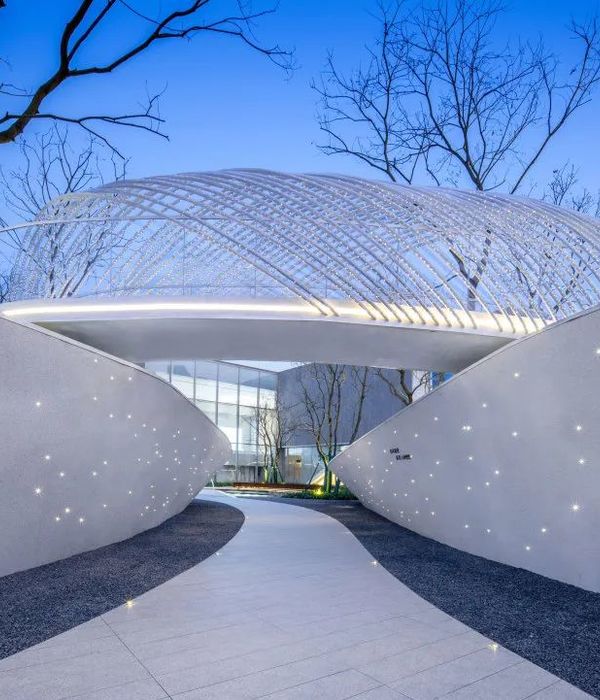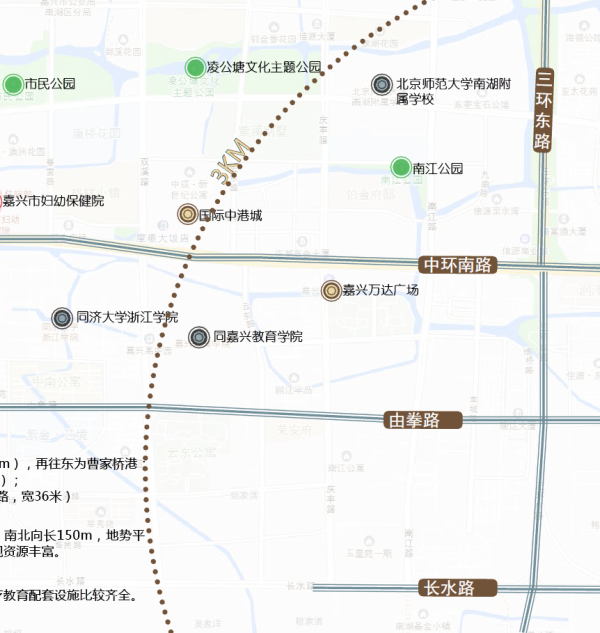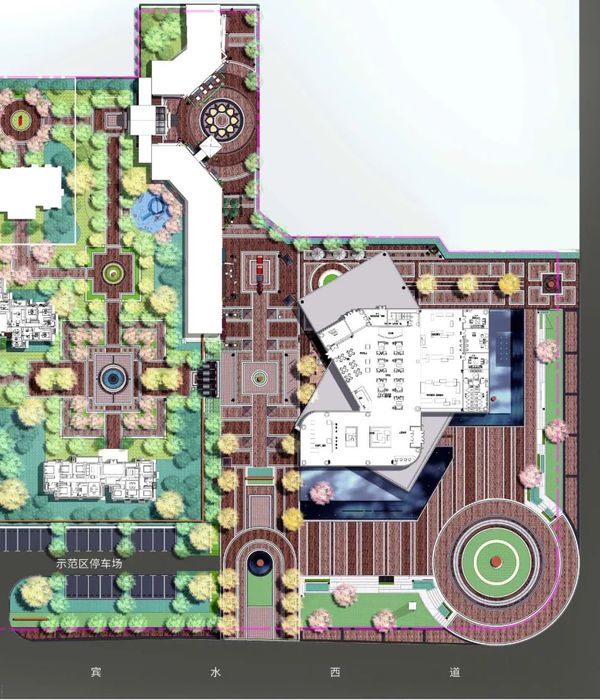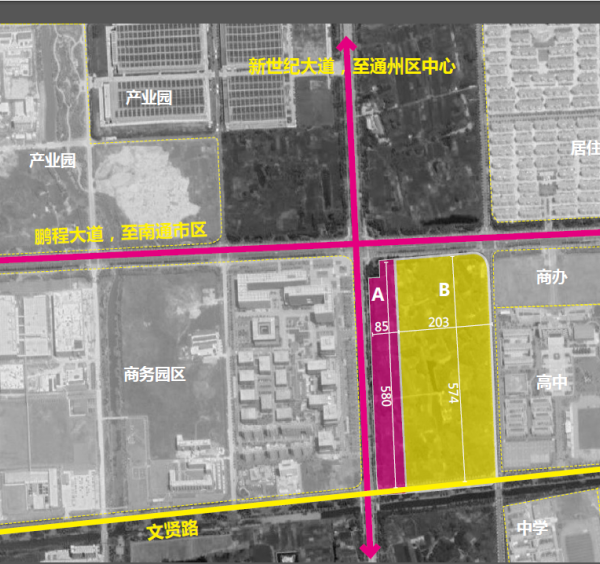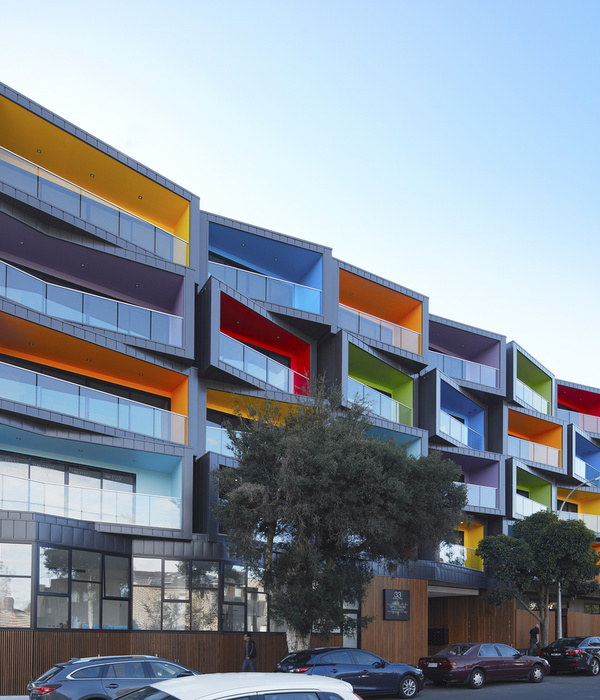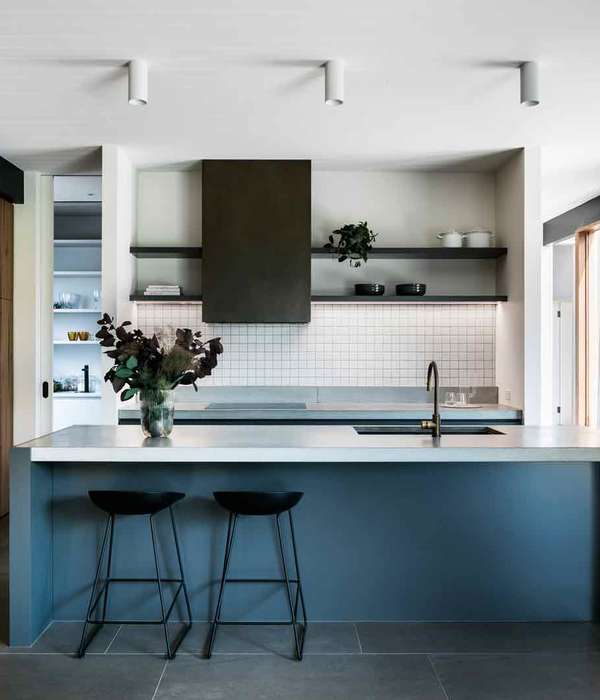这条城市古老大道两侧的带状绿地被改建成一个宜人的城市公共公园。
绿荫大道上的延续性首先得到确保。上面的百年古树被小心的保护,两侧的景观人行区域宽度在12.5米到17米,其被明确的划分了功能属性。城市需要多功能的空间,沿路的空间除人行道以外,还设置了休息区,儿童区,聚会区。并在车行道路中间的部分,设置了双向的4米宽自行车道。自行车道与机动车行道之间设置了物理障碍。为了保持道路的可持续性,在百年大树的旁边新种植了小树,这些树们一起为城市带来了荫凉。同时为了更好的排水,大部分地上铺上了草地和条石相间的铺装。这些铺装也有利于植物的生长,有助于场地植被多样化。同时这样的地面非常具有亲和力。
这项改建不光美化城市景观,还为城市争取多功能公共空间,同时解决了场地的可持续性大战以及生物多样性问题。让这个区域在保护历史价值的情况下重振商业和娱乐价值。
REMODELLING OF PASSEIG DE ST JOAN boulevard (between arc de triomf and tetuan)
1.HISTORICAL BACKGROUND
The layout of paseo de St Joan as an important 50m boulevard was first laid down by Ildefons Cerdà in his Ensanche project, approved in 1859. Cerdà’s isotropic layout of 20m-wide streets also features various main 50m- boulevards with wide pavements lined with two rows of trees as well as a central roadway. Passeig de Sant Joan is one of these. Josep Fontseré’s Ciutadella project (winner of the 1872 contest) featured a new central promenade which was to prolong the Salón de St Joan. The Ciutadella fortress was demolished and turned into a public park and this led to the prolongation of paseo de St. Joan thus recovering the vertical axis featured in Fontseré’s project.
2.ORIGINAL STATE
Although the 50m distance between façades remains constant along the entire stretch of paseo de St Joan, we can distinguish 3 different sections along the length of the boulevard:
Sections 1 and 2, from Arc de Triomf up to Mossen Cinto Verdaguer square are very similar and only vary in the way the traffic lanes are distributed. In both sections the layout is symmetrical with 12.5m pavements, a 25m roadway for vehicles and a central bicycle lane. On certain sections of the pavement there are discontinuous parterres which are in a very bad state and create a very fragmented impression. The state of the road paving and the pavements is very precarious causing problems of pedestrian and road accessibility. In section 3 the layout is completely different to the other two due to the transformation undertaken in the last urbanisation project. This section features a central 29m pedestrian promenade with three 7.5m car lanes and a 3m pavement on each side. The two-way bicycle lane is situated on the promenade on the llobregat side.
3.THE PURPOSE OF THE INTERVENTION
The new remodelling proposal sets two basic objectives: to give priority to the pedestrian use of the boulevard and turn it into a new urban green zone extending right up to Ciutadella park.
4.DESCRIPTION OF THE INTERVENTION
In order to achieve these objectives the project has adopted three fundamental urban planning criteria:
1.to guarantee the continuity of the section along the length of the boulevard. Despite the fact that this part of the boulevard currently consists of 3 differentiated sections the remodelling intends to create a new longitudinal section making it uniform along its entire length. The new section is symmetrical and extends the width of the current pavements from 12.5m to 17m, maintaining the century old trees and accompanying them with two new rows of trees. The layout’s continuity is absolutely essential in order to ensure functional clarity along the entire length of the boulevard.
2.to adapt the urban space to different uses. The new section must cater to the different uses of this urban space whilst enabling them to coexist harmoniously. The 17m of pavement have been organised in such a way that 6m are allocated to a pedestrian pavement whilst the remaining 11m under the rows of trees are for recreational uses (benches, children’s play areas and bar terraces). Previous road traffic surveys showed that the original road was too large. So it was possible to reduce the space allocated to traffic and turn it into a pacified transit zone. As part of the new layout, the two-way 4m bicycle lane is physically segregated, protected and signposted, located in the middle of the road. The key tenets of the new proposal are to reduce the number of traffic lanes, create leisure zones under the trees and segregate the bicycle lane.
3.to promote the passeig de St Joan as a new and sustainable urban green zone. Passeig de Sant Joan, which, with its prolongation via the Passeig de Lluís Companys reaches right up to Ciutadella park has been projected as the city’s new green zone.
In order to achieve this, two new rows of trees will be planted on both sides of the existing century old trees to create an area of natural shade that will accommodate the new recreational zones, children’s playgrounds and bar terraces.
In order to guarantee the sustainability of this new layout we need to ensure proper drainage of the subsoil and take on the challenge of incorporating a mixed pavement system in the tree-lined zone. The treatment of the soil with mixed pavements and the automatic watering system that uses phreatic water are key to ensuring substrata drainage that will guarantee the survival of the vegetation. The incorporation of local shrubs to this tree lined zone will contribute to enriching subsoil biodiversity.
The treatment of the pavements is closely linked to the uses of the new street: on the pedestrian section the pavement is made of “panot” paving slabs (typical ensanche paving) whereas in the recreational zones a new prefabricated pavement with draining joints will be laid down.
5.FINAL APPRAISAL
With this new proposal the Passeig de St Joan has won back its social value as anurban space that provides a variety of requested uses and functions whilst alsoaddressing key aspects of biodiversity and sustainability.This street’s urban transformation has enabled us to revitalise its commerciallife and recreational uses, whilst at the same time retrieving its historicalvalue as a main boulevard that continues right up to Ciutadella park.Lola Domènech, architect refurbishment of the passeig de st joan boulevard (between tetuan-arc de triomf)
Finalist FAD awards_2012
authors Lola Domènech, architect
project collaborators Teresa Galí agronom engeneer / Cimex-engineer
development company Proeixample S.A.-(city council-barcelona)
coordination project Proeixample S.A.
area 31.455m2
situation passeig de st joan boulevard-(between tetuan-arc de triomf) barcelona
drafting 2008-2009
execution 2010-2011
project management Cicsa-engineer
budget 4.127.161,73 €
constructor fcc ( fomento de construcciones y contrats)
photographer adrià goula
MORE:
Lola Domènech
,更多请至:
{{item.text_origin}}

